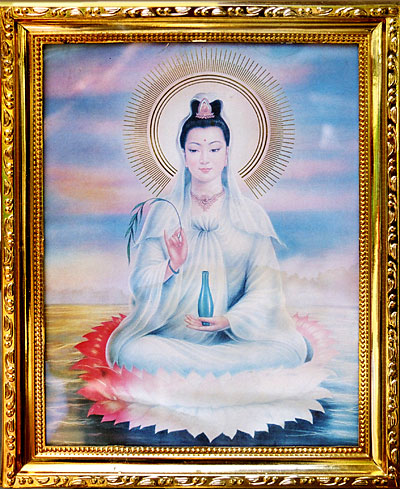
Following the passing of Her Majesty Queen Elizabeth II, we think that it is appropriate and respectful to postpone our Mid-Autumn Festival celebration event. The event will be rescheduled and a further notice will be made soon.
The Mid-Autumn Festival is a great occasion for family reunion in the Chinese culture, and we hope that you will join us in sending our condolences to the Royal Family on the loss of their most important family member.
Photo: The Lanyon Building with QUB flag flying at half-mast | ©LiangWANG
You may click to read QUB tribute in English and in Chinese.
It is so special that this year the Mid-Autumn Festival falls on today, Saturday 10th Sept, which coincides with the Teachers’ Day in China. Although we will not be able to get together in person to celebrate this double-festival day, we would like to send our warmest wishes to all who share this culture from QUB and elsewhere.
We have seen our students finding their ways of making mooncakes by themselves with passion and creativity. In the following video clip contributed by Qi SHUAI, you may find it interesting to see how mooncakes can be made by using local materials while she feels being distant (and homesick) from their home.
“去年中秋节的时候我还在家里收拾行囊准备开始我的留学之旅,而现在我已经出国一年了,离开父母整整一年了。中国有句古话“每逢佳节倍思亲”,自从出国开始,每次在异国他乡过中国传统节日时候总是更加认真也更加去认真过节。虽然很想念家里的亲人朋友,但也因为种种原因没有办法把回国列入档期。中秋节算是在中国人心中重要程度仅此于春节的传统节日,因为中秋的节日核心就是在月亮下和家人团团圆圆。但中国还有一句古话“明月千里寄相思”,离开家的我只能望月怀远,将寄明月,把想念化为一句句祝福和一块块月饼。”
(Translation: Last Mid-Autumn Festival I was still packing up at home for my overseas study and now it has been a year since I left my parents. As the Chinese saying goes, one would double-miss their family when it comes to festivals for reunion, I am always keen to celebrate the traditional Chinese festivals when I travel away from home. Once again, now I miss my family and friends so much, although I don’t know a date to return yet. The Mid-Autumn Festival is the second most important event after the Spring Festival to Chinese families, as the full and bright moon in autumn symbolises a great occasion for family reunion. However, as I’m at a distant place, I have to borrow another saying that one can only pass on thoughts to their beloved through sharing the full and bright moon. Hence, I look up and afar, praying that the Mid-Autumn moon will share my best wishes and my hand-made mooncakes to the people I love and care in China.)
We would also like to take this opportunity to send our best wishes to the faculties both in Queen’s and elsewhere for a very relaxing Chinese Teachers’ Day!

Well, then, did you know when the World Teachers’ Day is and if there are any special date for teachers in your culture? Please share with us in the comment box below.
For our Mid-Autumn Festival celebrations and Chinese Teachers’ Day posts in the past, you may wish to read the following entries:
- Mooncake Festival (2021)
- Happy Mid-Autumn Festival (2020)
- Thoughts on Teachers’ Day (2021)
- Happy Chinese Teachers’ Day (2020)































































